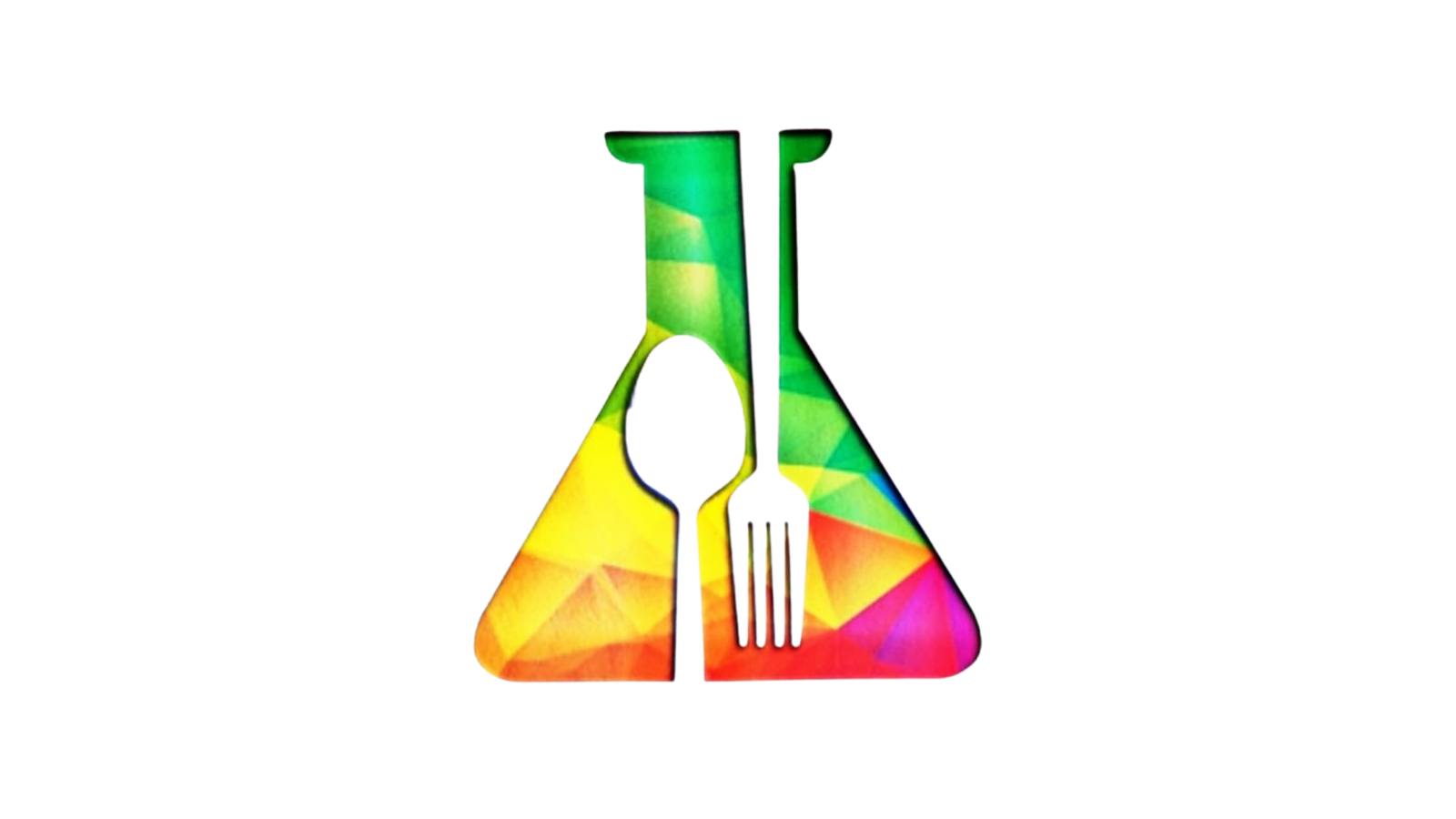Q. Sharp smell of onion is due to
- Ammonia
- Sulphur
- Chlorine
- Combined effect of above
Answer: b)
- The characteristic odour and special flavor in the vegetables of allium genus is due to the presence of a chemical compound called amino acid sulfoxides. The eye watering and bad breath are also caused by this chief chemical present known as allyl methyl sulfide.
- The activities such as peeling and cutting of onions and garlic lead to the release of enzymes known as allinases which then converts the sulfoxides in onions or garlic into sulfenic acids. The condensation of these acids then gives rise to pungent odour. The characteristic odour is caused by the sulfur-containing chemicals.
In garlic and onions, while chopping, peeling or cutting, the cell walls are damaged, and as a result, an enzyme is released that produces these ranges of compounds.
Q. White deposition on the surface of the chocolate is due to faulty
- Winterization
- Plasticization
- Tempering
- None of the above
Answer: b)
White flecks and spots on your chocolate bar are signs of either a “fat bloom” or a “sugar bloom,” and it’s totally natural. Fat bloom is that waxy white coating that forms due to liquid fat like milk fats or cocoa butter moving through the chocolates and crystalizing on the surface.
Q. The surface active agents used in water in oil emulsion have
- Higher HLB value
- Lower HLB value
- Higher peroxide value
- Low peroxide value
Answer: b)
In the bulk aqueous phase, surfactants form masses, such as micelles, where the hydrophobic tails form the core and the hydrophilic heads are immersed in the surrounding liquid. Other types of structures can also be formed, such as spherical micelles or lipid bilayers. The shape of the molecules depends on the balance in size between hydrophilic head and hydrophobic tail.
A measure of this is the HLB, Hydrophilic-lipophilic Balance. Higher HLB surfactants (>10) are hydrophilic (“water loving”) and form O/W (Oil-in-water) emulsions. Lipophilic surfactants possess low HLB values (1-10) and form W/O (water-in-oil) emulsions. Dish detergents, surfactants for emulsion polymerization, and the following example (SLS = Sodium Lauryl Sulfate) are high HLB surfactants.
Most surfactants’ “tails” are fairly similar, consisting of a hydrocarbon chain, which can be branched, linear, or aromatic.
Q. Decrease in smoke point is the indication of
- high shelf life of oil
- low quality of oil
- high quality of oil
- It has no relation with the quality of oil
Answer: b)
Type of fat: Oils high in polyunsaturated fats, such as sunflower, flaxseed, or safflower, tend to have a lower smoke point. Oils higher in monounsaturated fats (including avocado, canola, and olive) have medium smoke points. Oils high in saturated fats, such as coconut and palm oils, have higher smoke points.
Q. Storage of food under reduced pressure is called
- Aseptic packaging
- Hyperbaric storage
- Hypobaric storage
- Gas packaging
Answer: c)
Hypobaric storage involves the cold storage of fruit under partial vacuum. Typical conditions include pressures as low as 80 and 40 millimetres of mercury and temperatures of 5 °C (40 °F). Hypobaric conditions reduce ethylene production and respiration rates; the result is an extraordinarily high-quality.






Comments